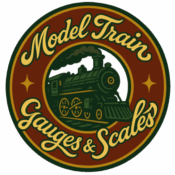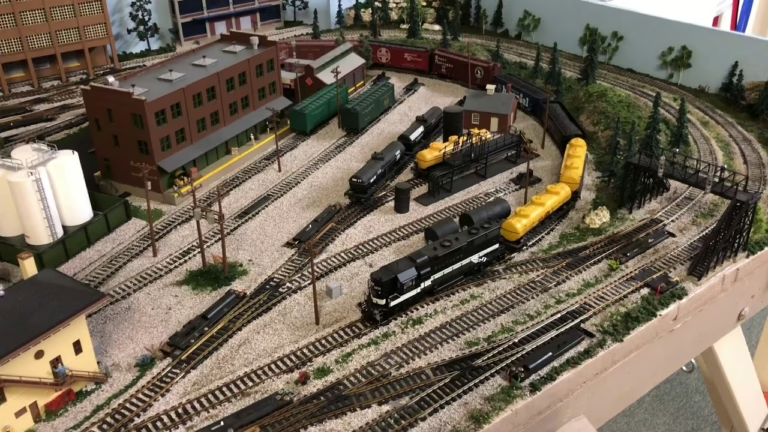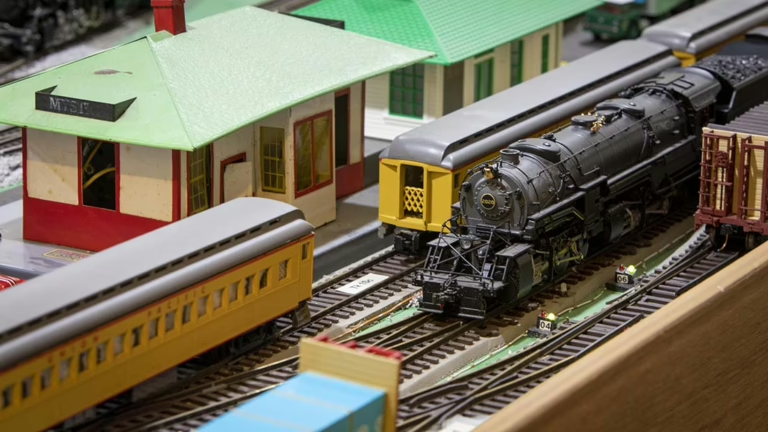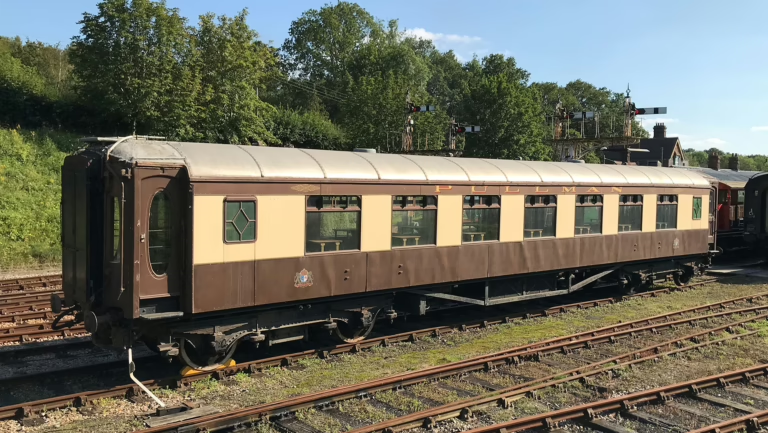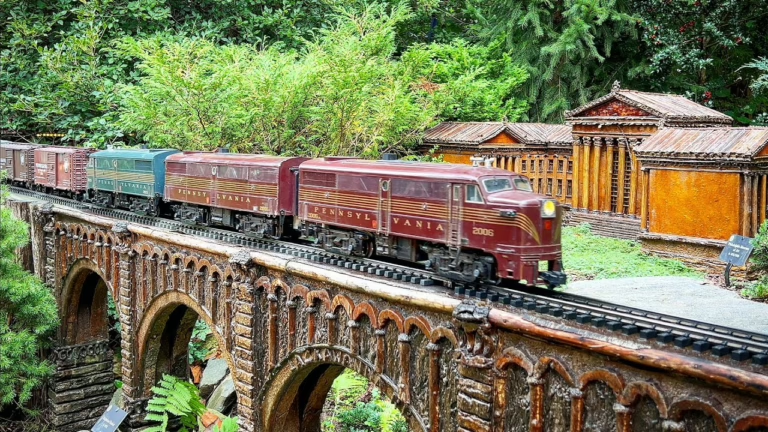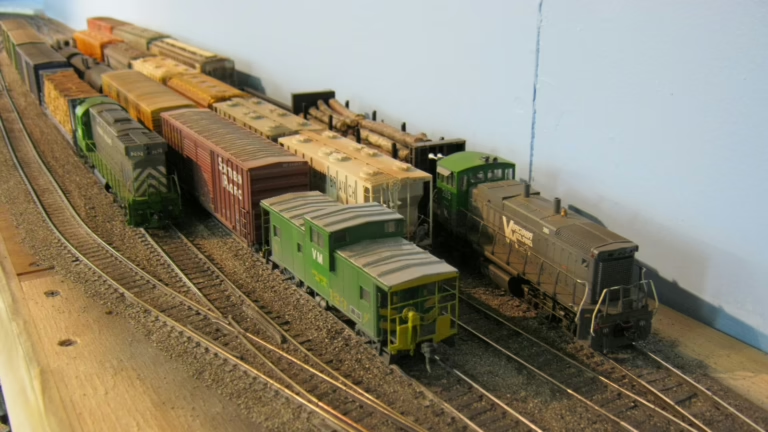Essential Track Cleaning Routine You Can Do in 10 Minutes

If your trains stutter, stall, or sound like they’re crunching gravel, the fix is usually simple: clean the rails. You don’t need a shop full of chemicals or an entire Saturday—just a consistent, 10-minute track cleaning routine. Here’s a fast, reliable method that works across HO, N, O, and beyond.
What you’ll need for Track Cleaning
- Microfiber cloth
- Track eraser (e.g., “rubber” abrasive block)
- 90–99% isopropyl alcohol (IPA) + cotton swabs
- Small, soft brush (makeup brush works great)
- Paper towel or lint-free wipes
(Optional: a track-cleaning car for maintenance laps, plus a plastic-safe contact cleaner for stubborn gunk.)
The 10-minute routine
1. Power off & dry dust (1 min): Use the soft brush to sweep loose dust from rails, frogs, and points. Dust is conductive’s worst enemy.
2. Spot-treat problem areas (2 min): Run a finger along the rails; any black streaks mean oxidation or oil. Use a track eraser with light pressure on those sections—turnouts, grades, tunnels, and yard throats get dirty fastest.
3. Degrease the railhead (3 min): Dampen a microfiber corner with IPA (not dripping). Wipe both rails along the mainline and the yard lead. Follow with a dry corner to pick up residue.
4. Clean turnouts carefully (2 min): Use IPA on a swab to clean the points and frog. Avoid flooding—moisture can wick into tie bars. Gently flex the points to make sure they move freely.
5. Wheel check (1 min): Dirty wheels re-dirty rails. Pick one “reference” loco or car: if you see dark buildup, swipe with an IPA-dampened swab.
6. Final pass (1 min): Run a dry microfiber along the rails again. Then power up and do a slow test lap to confirm smooth pickup.
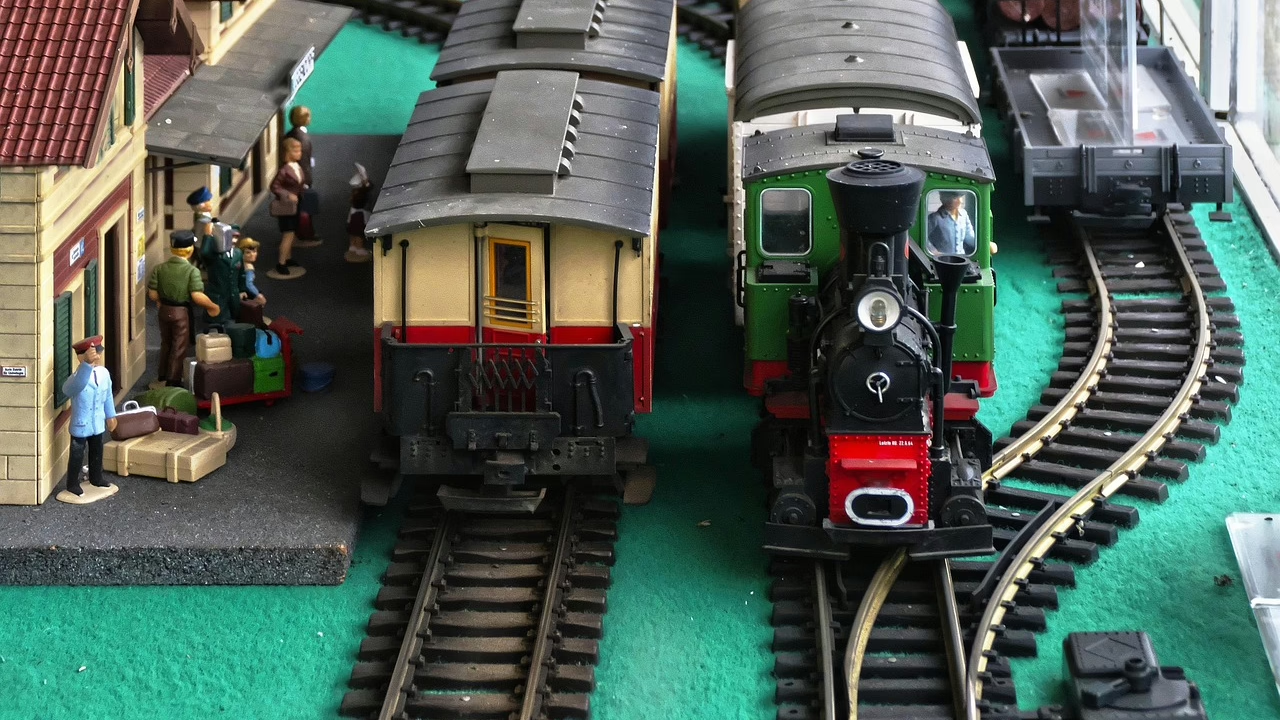
Pro Tips for Track Cleaning
- Go easy on abrasives. A track eraser is great for spots, but overuse can microscratch rails and invite more grime.
- Skip oily “rail conditioners.” They can improve contact short-term but cause long-term slippage and dirt attraction.
- Make it routine. Do this quick clean before any long session, and a “deep clean” (add a cleaning car) every few weeks.
Bonus: a maintenance lap
Keep a track-cleaning car coupled to a yard goat or diesel locomotive (like this one from Bachmann. One lap at the start of each session keeps oxidation at bay—so your trains run like… well, trains.
